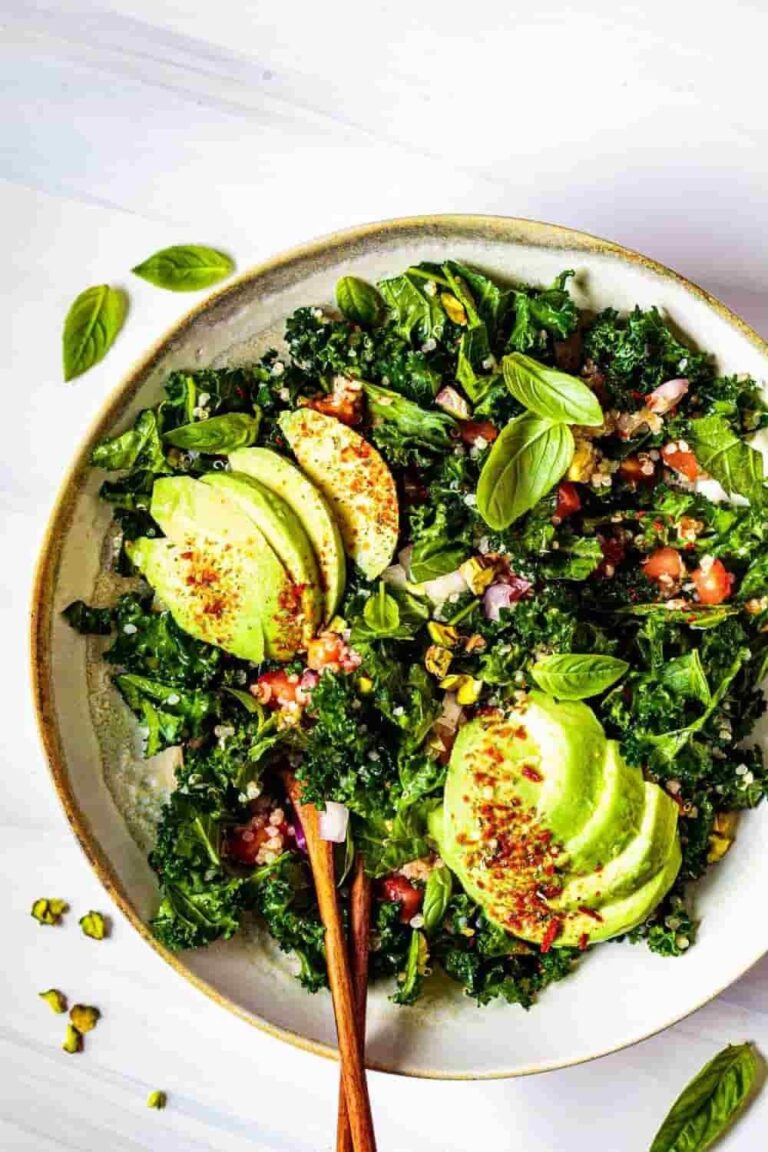Understanding Liminality and Its Impact on Relaxation and Creativity
Understanding Liminality and Its Psychological Impact
Liminality describes the psychological state of “being in between,” a threshold experience where we’re neither here nor there. Think of the quiet anticipation in an airport terminal before a flight, or the hushed stillness of dawn. These in-between spaces can evoke a unique blend of anxiety and tranquility. This unsettling feeling stems from the temporary suspension of our usual identity and routines, creating space for introspection and heightened awareness.
Cultivating Liminal Experiences for Relaxation
While liminal spaces often occur spontaneously, we can intentionally cultivate them to foster deep relaxation. The key lies in creating environments and engaging in activities that facilitate a sense of detachment from our everyday concerns and routines. This allows us to tap into the restorative power of the “in-between,” offering respite from the constant demands of modern life.
Consider these approaches to cultivate liminal experiences for relaxation:
- Nature Immersion: Spending time in nature, whether it’s a walk in the woods, sitting by a flowing river, or simply observing the clouds drift by, can induce a liminal state. The natural world encourages a sense of awe and wonder, disconnecting us from our usual thought patterns and promoting a sense of peace. The rhythmic sounds of nature, like waves crashing or leaves rustling, can be particularly soothing.
- Mindful Movement: Practices like yoga, Tai Chi, and Qigong emphasize mindful movement and focused breathing. These activities can facilitate a state of flow, where we become fully absorbed in the present moment, blurring the boundaries between self and environment. This gentle, intentional movement allows us to access a tranquil mental space, promoting relaxation and reducing stress.
- Sensory Deprivation: Floatation tanks or sensory deprivation chambers offer a profound liminal experience by minimizing external stimuli. The absence of light and sound allows the mind to wander freely, promoting deep relaxation and introspection. This can lead to a sense of detachment from the body and a heightened awareness of internal sensations.
- Creative Expression: Engaging in creative activities like painting, writing, or playing music can induce a liminal state known as “flow.” When we’re fully immersed in the creative process, we lose track of time and become completely absorbed in the task at hand. This state of flow can be deeply relaxing and rejuvenating, allowing us to disconnect from daily stressors and access a state of creative freedom.
- Ritual and Routine: Establishing simple rituals or routines can create a sense of liminality in everyday life. This could be something as simple as lighting a candle before meditation, taking a warm bath before bed, or enjoying a cup of tea in silence. These small acts create a sense of transition and separation from the busyness of the day, promoting relaxation and mindfulness.
By consciously cultivating these liminal experiences, we can access a deeper state of relaxation, reduce stress, and enhance our overall well-being. The key is to find what resonates with you and create space for these “in-between” moments in your life.
Harnessing Liminal States for Enhanced Creativity
Liminality isn’t just a pathway to relaxation; it’s a powerful catalyst for creativity. The “in-between” space offers a fertile ground for new ideas to emerge, as we detach from rigid thinking patterns and embrace the unknown. By consciously accessing liminal states, we can unlock our creative potential and cultivate innovative thinking.
Here’s how liminal experiences can enhance creativity:
- Incubation of Ideas: During liminal periods, our conscious mind takes a backseat, allowing the subconscious to process information and make new connections. This incubation period is crucial for creative breakthroughs, as it allows ideas to simmer and develop beneath the surface. Think of the “aha!” moment that often comes after a period of rest or distraction – a testament to the power of liminal incubation.
- Enhanced Intuition: In the liminal space, our intuition becomes more accessible. Free from the constraints of logic and reason, we’re more receptive to subtle insights and unconventional ideas. This heightened intuition can lead to unexpected creative solutions and fresh perspectives.
- Breaking Down Boundaries: Liminal experiences blur the lines between different concepts and perspectives. This breakdown of boundaries can spark novel connections and foster a sense of open-mindedness crucial for creative exploration. By embracing the ambiguity of the “in-between,” we can transcend conventional thinking and generate truly original ideas.
- Heightened Sensory Awareness: Liminal spaces often heighten our sensory awareness. We become more attuned to the subtle details of our environment, which can inspire new creative expressions. This heightened sensitivity can infuse our work with a richness and depth that wouldn’t be possible in a more ordinary state of mind.
- Embracing the Unknown: Liminality involves stepping outside our comfort zones and embracing the unknown. This willingness to explore uncharted territory is essential for creative growth. By venturing into the “in-between,” we open ourselves up to new possibilities and cultivate a spirit of experimentation.
To harness the creative power of liminality, intentionally incorporate practices that foster these “in-between” experiences. Whether it’s through meditation, nature walks, or engaging in creative rituals, embracing the liminal space can unlock a wellspring of inspiration and innovation.
Practical Techniques and Exercises for Accessing the Third Space
Accessing the “third space” of liminality doesn’t require elaborate rituals or special equipment. Simple, everyday practices can help cultivate these transformative experiences. Here are some practical techniques and exercises to integrate into your daily routine:
- Mindful Walking: Pay close attention to the sensations of walking—the feel of your feet on the ground, the rhythm of your breath, the sights and sounds around you. This anchors you in the present moment, creating a subtle liminal space between thoughts and actions.
- Sensory Awareness Exercises: Engage your senses fully. Light a candle and observe the flickering flame, listen to the nuances of a piece of music, savor the flavors of a cup of tea. This focused attention creates a sense of presence and detachment from mental chatter.
- Creative Writing Prompts: Use writing prompts that encourage exploration of liminal themes, such as thresholds, transitions, and in-between spaces. This can help you access and articulate the often-unconscious feelings associated with liminality.
- Nature Immersion with Intention: Don’t just passively observe nature; actively engage with it. Touch the bark of a tree, smell the earth after rain, listen to the wind rustling through leaves. This deepens your connection to the natural world and fosters a sense of being present in the liminal space between self and environment.
- Breathing Exercises: Focused breathing practices, like box breathing or alternate nostril breathing, can induce a state of calm and detachment, creating a bridge to the liminal realm. The rhythmic nature of these exercises helps quiet the mind and enhance awareness.
- Visualization and Guided Meditations: Visualize yourself in a liminal space, such as a quiet forest clearing or a deserted beach. Guided meditations specifically designed to evoke liminal experiences can also be helpful in accessing this state.
- Dream Journaling: Dreams often contain liminal imagery and symbolism. Keeping a dream journal can help you access the insights and creative potential that emerge from these subconscious explorations of the “in-between.”
By incorporating these practices into your routine, you can cultivate a greater awareness of liminal spaces and harness their power for relaxation, creativity, and personal growth. Remember to approach these exercises with curiosity and an open mind, allowing yourself to be guided by the experience itself.






